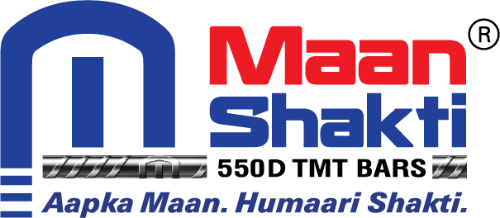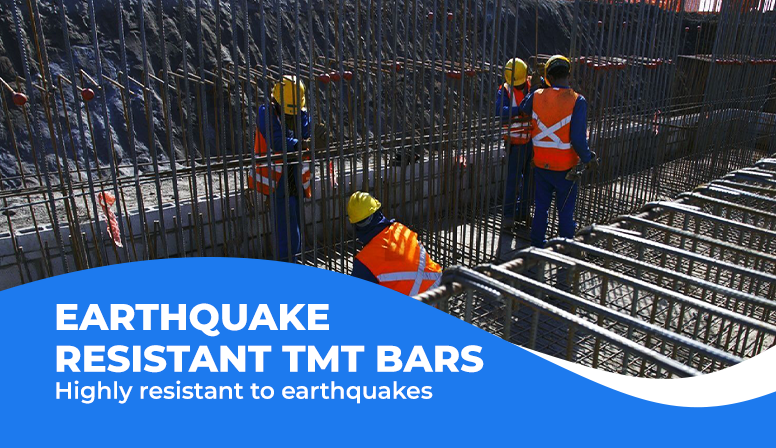We commonly want to build our residences internally strong and allow these for the loads due to seismic action and strong thunderstorms. Leading manufacturers like Maan TMT have brought in the latest Earthquake Resistant TMT Bars. They identify those with the designated grades.
Impeccable manufacturing policies also debar these uniformly strong bars resist the growth of rust in them. The Corrosion Resistant property in the TMT Bars also accounts for the house’s longevity.
Role of TMT Bars in Seismic-resistant Buildings
Reinforced concretes undergo large inelastic deformation for adequate energy dissipation. The quality of TMT steel reinforcing bars determines the flexural capacity and post-yield behavior of reinforcing agents.
The combination of tensile strength and ductility that the TMT bars provide are results of carefully planned processes. The manufacturing process involves rapid quenching of the hot bars for smaller instances. The use of a water jet causes the outer layer of the TMT to settle as a hard martensite structure while the inner core remains hot and soft. Later, the manufacturing team cools down the inner structure too to form ferrite pearlite. It offers the TMT bars their ductility. The thickness of the inner and outer core determines the grade of the TMT rebars.
BIS had mentioned different applicable grades for various applications. For seismic-resistant constructions, Fe 415 is the ideal format. Curiously, the builders in the seismic-prone areas in the North-Eastern States like to use Fe 500D and Fe 550D bars in the constructions there. Being asked, they have informed that they require forming constructions in low lands too. These high ductile rebars also come up with better rust-inhibiting properties. This is needed as Assam and other N.E. states’ major areas keep submerged during monsoons.
Which Grade Impart Real Earthquake Resistant Properties to TMT Bars
Reputed manufacturers like the Maan TMT need to slake the manufacturing process to produce the desired grade in TMT bars. With more quenching, the outer martensite layer becomes thicker while the inner core becomes thinner. Such rebars will exhibit more strength at the expense of ductility.
The Bureau of Indian Standards has a different fixation of elongation for rebars of different grades. The range is 14.5% for Fe 415, 12% for Fe 500, and 8% for Fe 550. Reductions in ductility offer consequences for the safety of the buildings, especially during earthquakes. (Source)
Studies also have indicated the difficulties associated with the use of higher strength grades. Usually, the Fe500 and Fe550 graded bars are more effective in seismic zones 3 & 4. Thus, theoretically, builders should not use these in “S” seismic extension areas. BIS thus recommends the use of S-grade rebars in seismic-prone zones.
Most of the zones in India are either mild or severe earthquake-intensive. Thus, the constructions need to withstand seismic loads besides dynamic loads. However, studies showed that the 500S TMT bars often could not achieve and maintain the yield strength and ductility through the manufacturing process only.
At the same time, we need to have certain microalloying precipitation elements in the rebars. The balance of both the QST and microalloying process is also important. Even a trivial imbalance will cause compromise in the induction of seismic-prohibiting capacity.
The Final Words
The National Center of Seismology (NCS) has stated in a report that India’s plate is rotating anti-clockwise. It also refers that the rate of revolving nears 45 mm per year. Therefore, NCS has indicated that India is one of the top seismic-prone areas in the world. More than 56 percent of the land is prone to tremors of low to severe ranges. Only the use of Right TMT bars can save our constructions from devastation.

